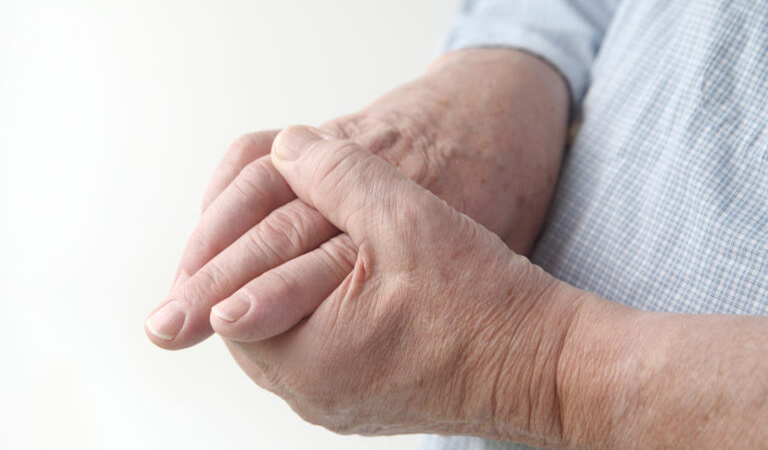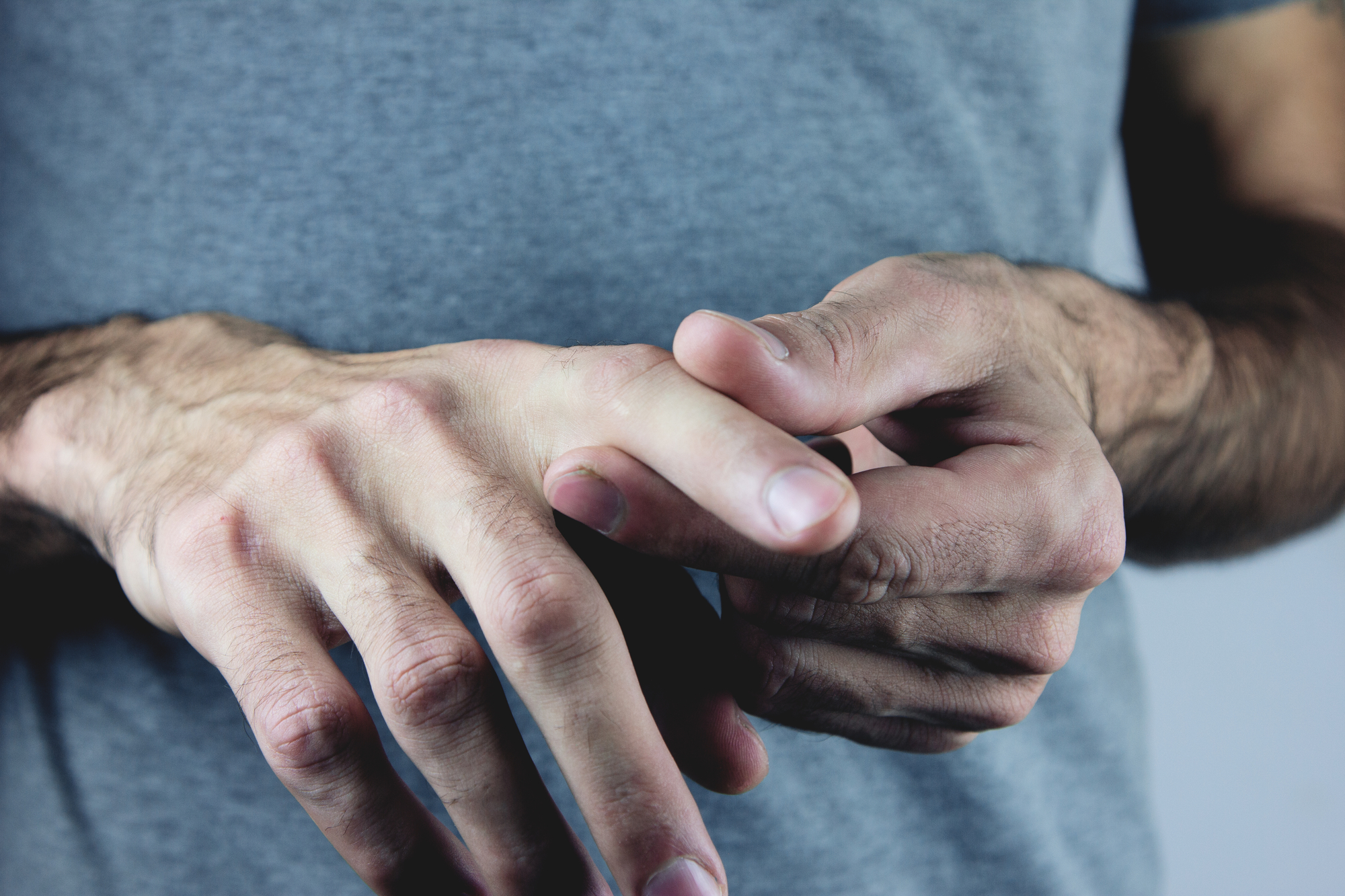
Basic Trigger Finger Information
Trigger finger is a condition that causes pain, stiffness, and a sensation of locking or catching when you bend and straighten your finger. This can occur in any finger. With this condition, the A1 pulley becomes inflamed or thickened, making it harder for the flexor tendon to glide smoothly as the finger bends. While the cause of trigger finger is not well known, diabetes and rheumatoid arthritis can increase your risk of developing the condition. It can also increase your risk of developing the condition in multiple fingers.
Symptoms
Symptoms often start without a single injury. These symptoms may include:
- A tender lump at the base of the finger on the palmar side
- A catching, popping, or locking sensation with finger movement
- Pain when you bend or straighten the finger
Initial Home Treatment
- Rest
- Exercises such as gentle stretching to straighten and bend the finger can decrease stiffness and improve range of motion
- Medications such as non-steroidal anti-inflammatory drugs (NSAIDs) and acetaminophen can help relieve pain and inflammation
- NSAID examples: Ibuprofen, Advil, Aleve
- Acetaminophen examples: Tylenol
When to See a Doctor
- If the locking, popping, stiffness, and pain persists after home treatment
- If the finger becomes locked in a bent position
Nonsurgical Treatment for Trigger Finger
- Steroid injection:
- This may resolve the pain and triggering over a period of one day to several weeks.
- If symptoms do not improve, a second injection may be given 6 weeks later.
- If symptoms persist after 2 injections then surgery may be considered.
Surgical Treatment for Trigger Finger
Surgery for this condition is elective, outpatient, and is based on the patient’s degree of pain or loss of function.
- The surgical procedure is called a “tenolysis” or “trigger finger release”.
- The goal of the surgery is to release the A1 pulley that is blocking the tendon movement so the flexor tendon can glide more easily through the tendon sheath.
- Surgery is performed in a small open incision in the palm. The A1 pulley is divided so the flexor tendon can glide freely. Although pulleys have an important function, releasing the A1 pulley should not cause problems in the future.
Trigger Finger FAQ
- What is the best treatment for trigger fingers?
- Steroid injection
- Can essential oils help trigger fingers?
- No, essential oils cannot help.
- Common problems caused by trigger finger?
- Pain, locking, popping, and triggering of a finger or thumb are common problems.
- Is this condition curable?
- Yes, with steroid injections or surgery. There is no recovery time associated with injections. There is approximately a 4 week recovery time with surgery for most people. It can take 4-6 months for swelling and stiffness to go away completely.

Dr. Thao Nguyen is a hand, wrist, and elbow specialist at the Orthopaedic Medical Group of Tampa Bay. She earned her medical degree and completed residency at the University of Maryland School of Medicine and received further subspecialized training in hand and upper extremity at the University of Pittsburgh. She has presented at various national and international orthopaedic meetings and specializes in hand/wrist/elbow fractures and arthritis, carpal and cubital tunnel, trigger finger, tendonitis, tendon and nerve lacerations, ganglion cysts, soft tissue injuries, Dupuytren’s contracture, biceps tendon repair, and ligament reconstruction. Full Bio






